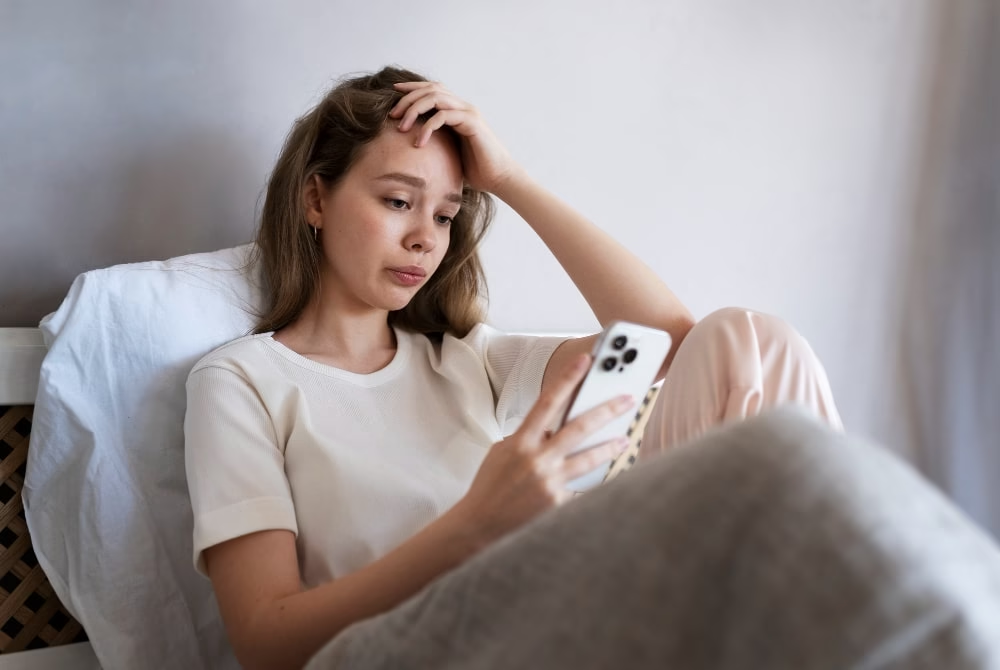Anxiety isn’t a one-size-fits-all experience. For some, it shows up as racing thoughts and an unsettled feeling before a big meeting. For others, it might mean avoiding social situations altogether or living with constant, unpredictable panic attacks. That’s why effective Anxiety Treatment, especially in an online setting, has to be flexible, personal, and highly adaptive.
Online platforms are no longer just digital replicas of in-person therapy. They’re evolving into dynamic spaces where treatment is shaped around the specific type of anxiety disorder someone is facing.
Why Customization Matters in Anxiety Care
Different anxiety disorders have different triggers, symptoms, and coping challenges. For example:
- Generalized Anxiety Disorder (GAD): Involves persistent, excessive worry about various aspects of life.
- Social Anxiety Disorder: Centers around an intense fear of being judged or humiliated in social situations.
- Panic Disorder: Characterized by sudden, repeated panic attacks that can feel physically overwhelming.
- Phobias: Marked by intense fear toward a specific object or situation.
- Obsessive-Compulsive Disorder (OCD): Involves intrusive thoughts and repetitive behaviors aimed at reducing distress.
By understanding these distinctions, online platforms can tailor therapy approaches so patients aren’t given generic advice that doesn’t match their reality.
How Online Anxiety Treatment Adjusts for Each Disorder
Tailored Therapy Modules
Platforms often start with a thorough digital assessment to pinpoint the specific disorder. From there, the therapy content changes. Someone with social anxiety might get modules focused on gradual exposure techniques, while a person with OCD could receive targeted cognitive restructuring exercises to challenge intrusive thoughts.
Flexible Communication Styles
Some people thrive in live video sessions where they can connect face-to-face with a therapist. Others prefer text-based therapy to give themselves more time to process and respond. This flexibility allows Anxiety Treatment to be more approachable, especially for those whose anxiety worsens in direct conversations.
Specialized Tools and Resources
- For GAD: Guided relaxation audios, worry journaling templates, and real-time mood tracking.
- For Social Anxiety: Virtual role-playing scenarios and interactive exercises to practice public speaking.
- For Panic Disorder: Breathing regulation videos and quick-access “panic action plans” for immediate relief.
- For Phobias: Gradual virtual exposure therapy tools that safely simulate feared situations.
Real-Time Progress Tracking
Online platforms can track daily and weekly progress through mood check-ins and activity completion. This helps therapists adapt Anxiety Treatment strategies quickly if something isn’t working.
The Role of Technology in Making Therapy Adaptive
Modern online anxiety care uses more than just video calls. Here’s how tech elevates personalization:
- AI-Powered Insights: Some platforms analyze language patterns in text conversations to detect shifts in mood or stress levels.
- Wearable Integration: Devices can sync heart rate data with therapy apps, helping spot physical signs of panic before the patient notices them.
- Interactive Content: Gamified tasks and progress rewards encourage consistent engagement, which is vital for long-term improvement.
Benefits of Online Adaptation for Patients
When therapy adapts to specific anxiety disorders, patients often experience:
- Faster Results: Because treatment matches the problem more precisely.
- Higher Comfort Levels: Patients can interact with the platform in ways that feel safest for them.
- Long-Term Skill Building: Custom tools and exercises equip people with strategies they can use beyond therapy.
Common Myths About Online Anxiety Treatment
“It’s less effective than in-person therapy.”
Multiple studies show online treatment can be equally effective when delivered with the right methods.
“It’s just a chatbot giving advice.”
In reality, most credible platforms combine licensed human therapists with supportive AI tools.
“You have to be tech-savvy.”
Most platforms are designed with user-friendly interfaces, even for beginners.
When Online Treatment Might Not Be Enough
While online care works well for many, there are cases where in-person intervention is necessary, especially during severe mental health crises, when someone is at risk of self-harm, or when symptoms include medical concerns that require physical evaluation.
Ready to Take Control of Your Anxiety Journey?
If anxiety has been holding you back from living fully, you don’t have to face it alone. Modern Anxiety Treatment can be as unique as your experience, with tailored strategies for your specific challenges.
Whether you’re navigating constant worry, social fears, panic attacks, or phobias, Polished Mind Psychiatry can guide you every step of the way from the comfort of your home. Start your personalized treatment today and discover how much lighter life can feel when your care is truly built for you.




